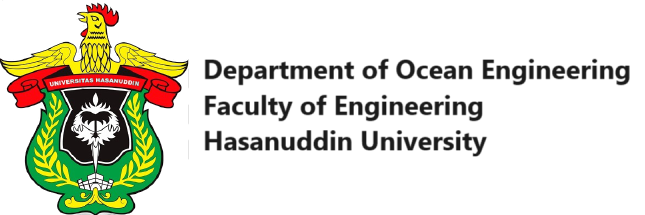Design of Traveling Port for Support Lake Toba Tourism
DOI:
https://doi.org/10.62012/zl.v1i3.11981Keywords:
Lake Toba, Port Facilities, Seaplane Bases, Water Bus.Abstract
Tourist attractions in Indonesia have become a popular destination for domestic and foreign tourists. Lake Toba is a priority tourist destination, so this tourism has the potential to be developed as an asset that is used as a source of income for the nation and state. This research was conducted to plan the design of a tourist port and port management in the Lake Toba area with the availability of transportation ferries, tourist boats, water buses. The researched port planning uses very supportive facility standards referring to the port Master Plan Technical Guidelines, and PERMENPAR number 3 of 2018 by adding several facilities for the seaplane. bases and WIG ( Wing in Ground Effect ) are like runways amphibious that refer to U.S Department Of Transportation, Federal Aviation Administration in the document Advisory Circular (AC) No. 150 / 5395-1B. For complete facilities at the port and seaplane bases, the method is used benchmarking by referring to the port ferry and seaplane. bases are the executive dock Merak Harbor, Singapore cruise center, Harbor Bay Batam, Jantzen Beach Seaplane Bases, Traves Seaplane Bases, Lake Hood Seaplane Bases. This port is planned to go through several stages of development using tourist visitor data with projected visits in the next 20 years. Based on the projection results, the highest number of passengers will occur in 2040 with 264,202 people.Downloads
References
U. Januari, “BADAN PUSAT STATISTIK,” no. 68, pp. 1–10, 2019.
R. I. Lukman, “Kajian Kondisi Morfometri dan Beberapa Parameter Stratifikasi Perairan Danau Toba.,” J. LIMNOTEK., vol. 4, no. 3, pp. 2010–2011, 2011.
esti yulitriani tisnaningtyas andreas agung widhijanto, “IDENTIFIKASI KAWASAN PERMUKIMAN PENDUKUNG: ANALISIS PROXIMITY PENGEMBANGAN DESTINASI WISATA DANAU TOBA,” vol. 4, no. 1, 2018.
H. A. Devy and R. B. Soemanto, “Pengembangan Obyek Dan Daya Tarik Wisata Alam Sebagai Daerah Tujuan Wisata Di Kabupaten Karanganyar (Studi Kasus Obyek Wisata Air Terjun Jumog di Kawasan Wisata Desa Berjo, Kecamatan Ngargoyoso, Kabupaten Karanganyar),” J. Sosiol. DILEMA, vol. 32, no. 1, pp. 34–44, 2017.
P. 61 T. 2009, “PP 61 TAHUN 2009,” Society, vol. 3, p. 464, 2009.
P. 3 T. 2018, “PM 3 TAHUN 2018,” Isbn, vol. 4, no. 1, pp. 121–138, 2018.
Menteri Perhubungan, “PM_39_Tahun_2015.pdf.” 2015.
U.S. Department of Transportation. Federal Aviation Administration and Federal Aviation Administration, “Advisory Circular Advisory Circular,” Aviation, vol. 1, no. AC 25.1529-1A, pp. 1–2, 2012.
HARYADJI, “Markas besar angkatan udara staf ahli kajian penggunaan pesawat amfibi cl-415 untuk mendukung tugas tni dalam rangka omp dan omsp,” vol. 29, no. 2, pp. 1–19, 2012.
R. R. R. Rinaldi and H. A. Kurniawati, “Desain Kapal Amfibi Water School Bus sebagai Sarana Transportasi Pelajar untuk Rute Pelayaran Kepulauan Seribu - Jakarta Utara,” J. Tek. ITS, vol. 7, no. 1, pp. 1–5, 2018, doi: 10.12962/j23373539.v7i1.29352.
M. R. Yuwanda, Y. Muliati, and S. Nurdin, “Pengembangan Pelabuhan Batu Panjang Kabupaten Bengkalis Provinsi Riau,” vol. 2, no. 4, 2016.
JUKNIS, “JUKNIS,” J. Chem. Inf. Model., vol. 53, no. 9, pp. 1689–1699, 2013.
B. Triatmojo, “PERENCANAAN PELABUHAN, vol. 7, no. 2, pp. 1–16, 2557.
Downloads
Published
How to Cite
Issue
Section
License
Copyright (c) 2020 Zona Laut : Jurnal Inovasi dan Teknologi Kelautan

This work is licensed under a Creative Commons Attribution 4.0 International License.
Allow anyone to modify, improve, and make derivative works, even for commercial purposes, as long as they credit to you for the original work.






























